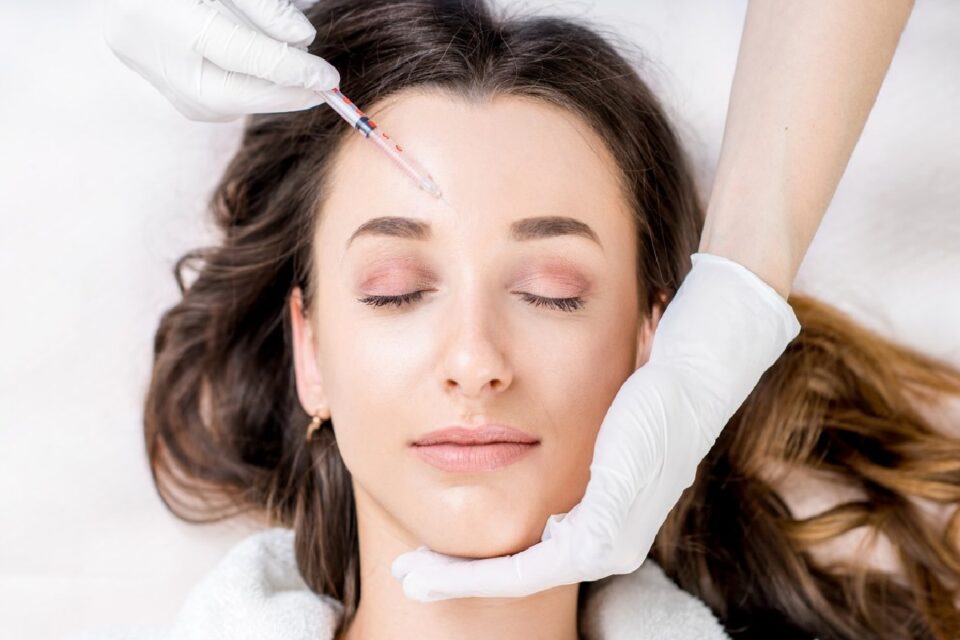A migraine is a unilateral headache characterized by a pulsating or throbbing sensation on one side of the head. The severe pain is typically accompanied by hypersensitivity to sound or light and nausea. Before it begins, a sensory warning sign is known as an ‘aura’ like tingling of arm or leg, blind spots, or flashes of light. Pain management uses conventional techniques and medications, but there is one innovation that is becoming highly popular — Botox injections for chronic migraines.
Table of Contents
Chronic Migraine
To qualify as chronic migraine, you need to prove to your doctor that you are experiencing 15 or more headache days a month for over three months and eight days of them are migraine attacks that last for four or more hours. If your migraine lasts 14 or fewer headache days within the month(episodic migraine), you are not qualified to undergo Botox treatment.
Studies show that women are three times most likely to be affected by migraines compared to men. About 15% of the population in the UK experience migraines, where 2% have chronic migraines.
There is no total cure for migraines because the main cause of this condition is still unknown. However, certain factors contribute to its development and attacks. At its chronic level, migraines can be debilitating and affect one’s normal daily routine.
Getting familiar with Botox for migraine
Chronic migraine Botox treatment uses Botulinum Toxin A, a pure substance from the bacteria strain, Clostridium Botulinum. It is approved by the UK National Health Service for patients with chronic migraines. The cost per treatment is between £750-£950.
When injected into muscles, it blocks the chemicals known as neurotransmitters or pain signals from the brain. It disarms the signals that command muscles to contract and respond to the trigger, preventing pain from perpetuating the nerve network around the neck and head. The Botox works to sustain this effect for up to 6 months, preventing muscles from contracting with spasms or pain.
Botox for migraine procedure
Botox works as a preventive treatment for chronic migraine attacks. It is an outpatient procedure, where patients can leave after the treatment. The Botox will be injected in the 31 identified triggered points using tiny needles. The areas will be sterilized using a chlorhexidine antiseptic. To prevent possible discomfort or pain, quick-acting anaesthesia will be used. You will receive 30-40 shots in equal numbers on both sides of your head and neck areas. If there are particular spots where migraine pain is severe, the doctor can give more shots to mitigate headaches.
After the treatment, you can return to your usual routine immediately. It has a little to no recovery period. The entire procedure will take 10-15 minutes of your time. Multiple treatments are safe and can be administered once every 12 weeks. If it is effective in your case, you can ask your doctor if Botox can be your long-term treatment program.
The positive effects to patients vary, depending on their responsiveness to the substance. However, the initial set of treatments may not work to arrest the migraine, so it is necessary to get another session. People who get two sets of treatment said that their migraines are cut in half, and those who have five rounds of Botox treatment enjoy a 70% reduction of migraine attacks.
Possible side effects
While serious side effects rarely happen, it is vital to understand the risks when you opted to undergo chronic migraine Botox. Some of the life-threatening effects include:
- Swallowing, speaking, or breathing problems due to the weakening of muscles can be fatal, especially if they are pre-existing before the treatment.
- Spread of toxin effects beyond the injection site, causing general muscle weakness, loss of strength, double vision, drooping eyelids, blurred vision, loss of bladder control, change or loss of voice, difficulty in swallowing, trouble speaking clearly, and difficulty in breathing.
When you experience any of these side effects within hours of post-treatment, get medical assistance right away. They can also happen within weeks after the procedure, so observe possible changes that can lead to these issues.
The common side effects that are not life-threatening but can cause discomfort and requires attention or medication are:
- soreness, swelling, or redness at the injected sites
- stiffness of the neck
- fatigue
- bruising
- chills
- dry mouth
- skin rashes and itching
- worsening of migraine or headache
Some of the longer-term side effects are muscle weakness or eyebrows that look uneven or droopy. These may take a few weeks to subside.
It is crucial to find a well-trained and trusted doctor or practitioner with a history of successful Botox for chronic migraine jobs. The procedure may look simple and straightforward, but any slight error during the injection process can lead to serious complications in your muscles, vision, and other vital body functions.

